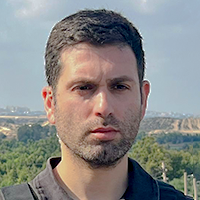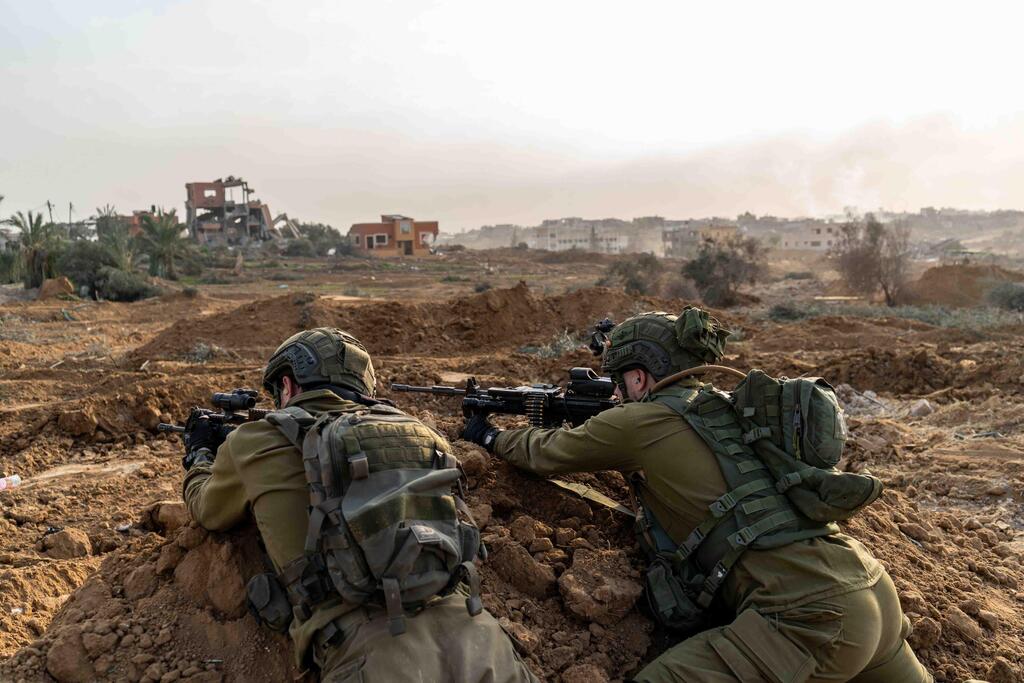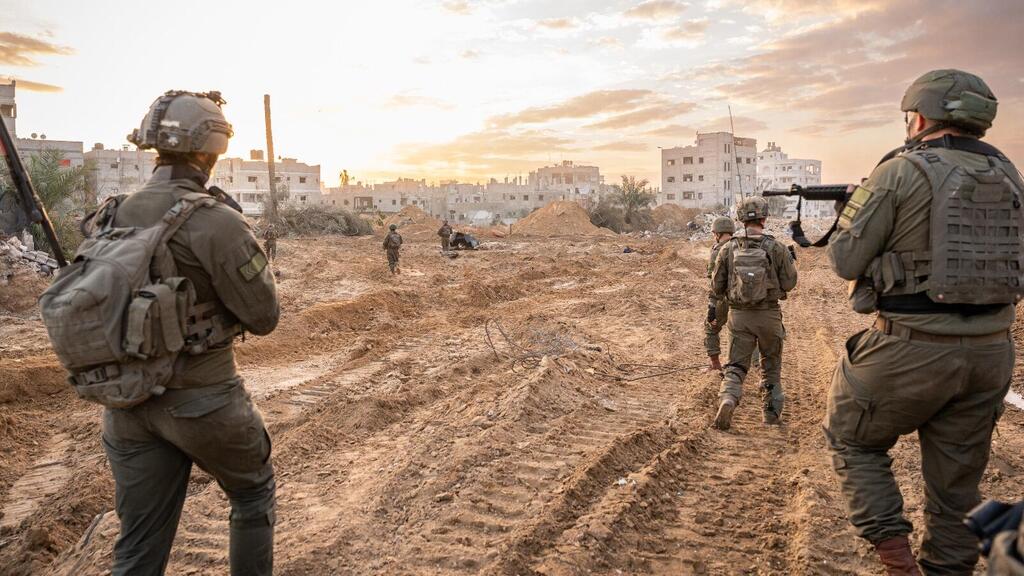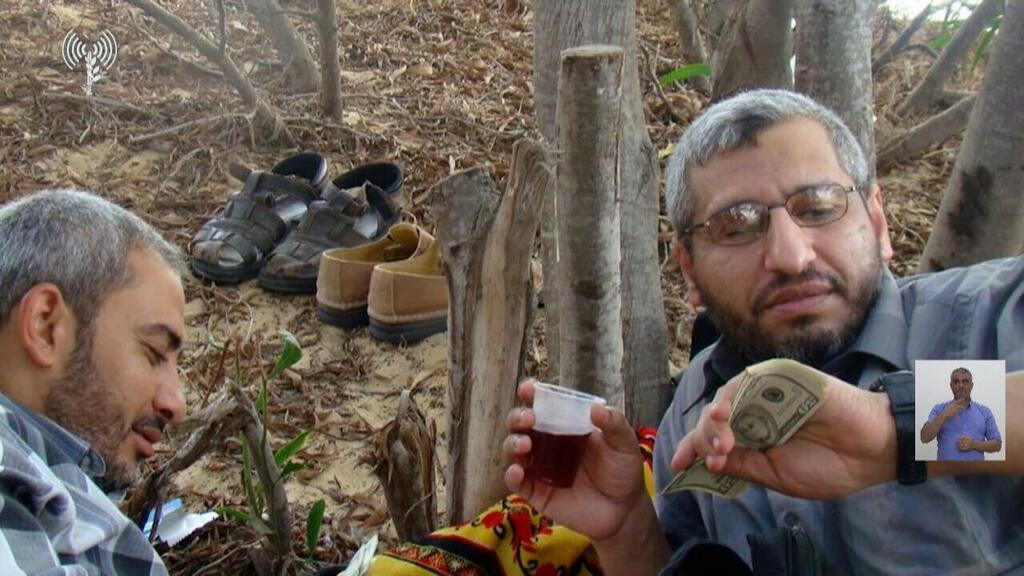While some IDF brigades are leaving the northern Gaza Strip and preparing to eliminate Hamas' Daraj Tuffah Battalion and its last stronghold in the area, the military is intensifying its operation in the Bureij and Nuseirat refugee camps in the central part of the Strip, uncovering a complex weapons industry made by the terrorist army in underground facilities.
More stories:
Alongside the slow progress in Khan Younis, where the IDF mainly combats underground Hamas bases where senior officials hide and Israeli captives are held, security officials are looking ahead to two missions that will occupy the army in the coming months: holding onto the Netzarim corridor and the coastline connected to it in the southwest of Gaza City, reaching the border adjacent to Zikim.
Out of a million and a half residents in Gaza’s north, only a small population of around 200,000 remain. The Strip’s separation into two sectors is necessary, but may become a dangerous operational challenge, especially if the forces operate statically, and even if they go on patrols and raids.
This is also the case for their fellow soldiers who will have the same mission on the coastline along Gaza’s north. This static presence could attract the attention of Hamas' mortars and guerrilla sniper units.
These fortified positions will likely be established in the Netzarim corridor and along the northern coast, even if they are defined as temporary. On Sunday, the area was already fortified using protected facilities for IDF brigades and divisions. In these facilities, soldiers can rest in between raids and are equipped with warning systems against mortar fire and shelters against rocket fire.
The IDF has already paved an entire operational road in the Netzarim corridor and established a checkpoint for Palestinians through which no passage will be allowed north except for unusual cases of humanitarian aid approved by Israel.
In a broader view, the ground operation that began at the end of October achieves tactical successes daily but has not yet brought Israel to meet its objectives in the war: dismantling Hamas’ capabilities as a terrorist military and the return of Israeli hostages.
The depth of the operation reached areas in the Strip where the IDF had not been even in the two years preceding the disengagement from Gaza in 2005, such as the central neighborhoods of Gaza City, Jabaliya, and Khan Younis.
Therefore, the IDF considers this move a significant military pressure that contributed to the hostage release deal back in November. Since then, no new negotiations have made way, and attempts to rescue the hostages alive failed.
The IDF estimates that a significant number of them are still alive but are hidden underground. Another goal set for the military that has not yet succeeded is the elimination of senior Hamas members. Most of Hamas’ top commanders are still active, including Mohammed Deif, Marwan Issa, and Mohammed and Yahya Sinwar.
According to estimates, Hamas’ top officials are hiding within the terror organization's general staff in the central or southern part of the Strip. Therefore, progress there is slower, more focused, and led by elite IDF units dealing with daily raids against Hamas' fortified facilities.
IDF Chief of Staff Lt. Gen. Herzi Halevi clarified at the start of the war that "there are no shortcuts or magic solutions." Noting the fact that Hamas’ terrorist army has strengthened and developed itself almost unhindered for 14 years.
In the northern part of the Strip, the IDF is close to announcing the complete elimination of all Hamas battalions in the region. Every day, soldiers discover thousands of weapons, dozens of terrorists emerging from tunnel shafts, and numerous military infrastructures.
The ground operation launched with orders prioritizing safety over speed, following fears prevalent among several senior War Cabinet members in the days after October 7 to operate the rusty IDF ground forces in intense fighting.
The relatively low number of casualties in the operation, around 170, compared to ground operations that the IDF conducted in the last two decades, shows the slow and careful progress of the soldiers, smart orders given by commanders who identify Hamas traps, and impeccable care for evacuating the wounded from the battlefield.






